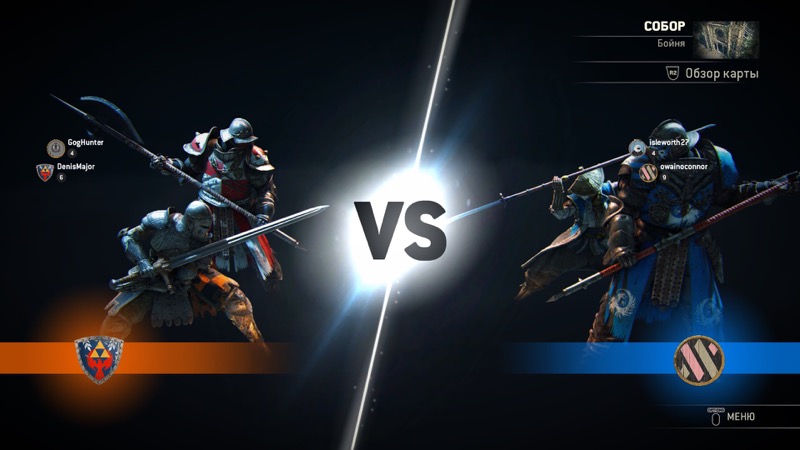With recent Nintendo trends, higher game difficulties, or ‘Hard Mode’, have seen a downgrade in priority. The trend of omitting a hard mode or putting it behind some type of paywall has angered many fans, including our own Editor-in-Chief Shaun Kelly. While Nintendo is starting to get a bit flippant about locking content behind scarce Amiibos, is a ‘Hard Mode’ worth getting up in arms for?
To answer the question, a common understanding of hard mode should first be laid out. Many different genres, from shooters to RPGs, feature varying difficulty levels. A hard mode is fairly self-explanatory, it is a setting that makes games difficult by altering key stats like how much damage a player can give or take and how frequently enemies appear. The purpose of hard modes is to provide players with more challenge while extending the replayability of games which typically offer little other content outside of a single story mode, which describes most games before 2005.
Hard mode made sense back in the day when most games were little more than a linear story, but in the modern gaming space, they feel out of place. Giving credit where it is due, hard mode kept plenty of games fresh and increased titles’ longevity pre-Xbox 360/PS3, but a few facets of modern gaming reinvented how developers approached replayability. The first reinvention is the advent of online gaming. Now, instead of playing against a computer with the odds stacked more and more against them, players bring the challenge to each other. Competitive online gaming shifted the the accomplishment of beating a computer to a more public forum. In shooters especially, focus has moved almost completely away from single-player narratives (Doom, Wolfenstein) to online only, live service games that receive many content updates in their lifetime (Overwatch, Lawbreakers).
Despite having an intriguing amount of lore, no campaign can be found in Overwatch
The second major shift was when developers started caring less about players running through a title multiple times in lieu of telling an impactful story. Indie games and smaller, mid-tier titles were able to find an audience and thanks to the rise of digital marketplaces and increased accessibility to development tools. Games like 2013’s Gone Home offered a single, powerful narrative, where Trophies/Achievements are the only reason to play more than once. Despite only offering a few hours of content, Gone Home was able to find both critical and commercial success partially because of it’s lower price point and the complete lack of a reseller marketplace on digital storefronts.
Give this a consider: what are the modes between easy, the mode meant to drag players through the gameplay so that they can experience the story (no shame, I’ve played through plenty of titles on easy mode for lack of time or patience to get good), and hard usually called? The mode that is considered ‘just right’ for most gamers? Take a look at this shot from Persona 5’s difficulty selection screen:
No difficulty settings when story takes the spotlight over mechanics
It’s considered Normal. Normal mode is meant to strike the perfect balance of providing a sense of adversity while not being unreasonably difficult. Developers stress over normal mode to make sure it is the most polished and refined setting for the great majority of gamers. Hard mode takes otherwise tight mechanics and throws them off kilter, forcing players to pick up the slack in an attempt to hook them for longer.
As games matured, difficulty no longer had to be tied to replayability, allowing for a diversification of the medium. Developers could choose to intentionally make cruelly difficult games for the sake of bestowing a more satisfying sense of accomplishment, which led to the rise of titles like Dark Souls and Spelunky, or forgo providing any gameplay loop to tell a direct, honed story like Gone Home or Firewatch. These are the games that I feel this generation will be remembered for, not the ones that held too closely to a relic. Instead, difficulty is considered and implemented with intention, transforming hard mode into an anachronistic mechanic meant to increase replayability, despite there being more entertaining and player-friendly methods to keep gamers hooked. Nintendo shouldn’t be pay walling significant features behind Amiibos that maybe seven of us will be able to find or in DLC, like in Metroid: Samus Returns and Legend of Zelda: Breath of the Wild respectively, but I’m not making hard mode my Tiananmen Square.


